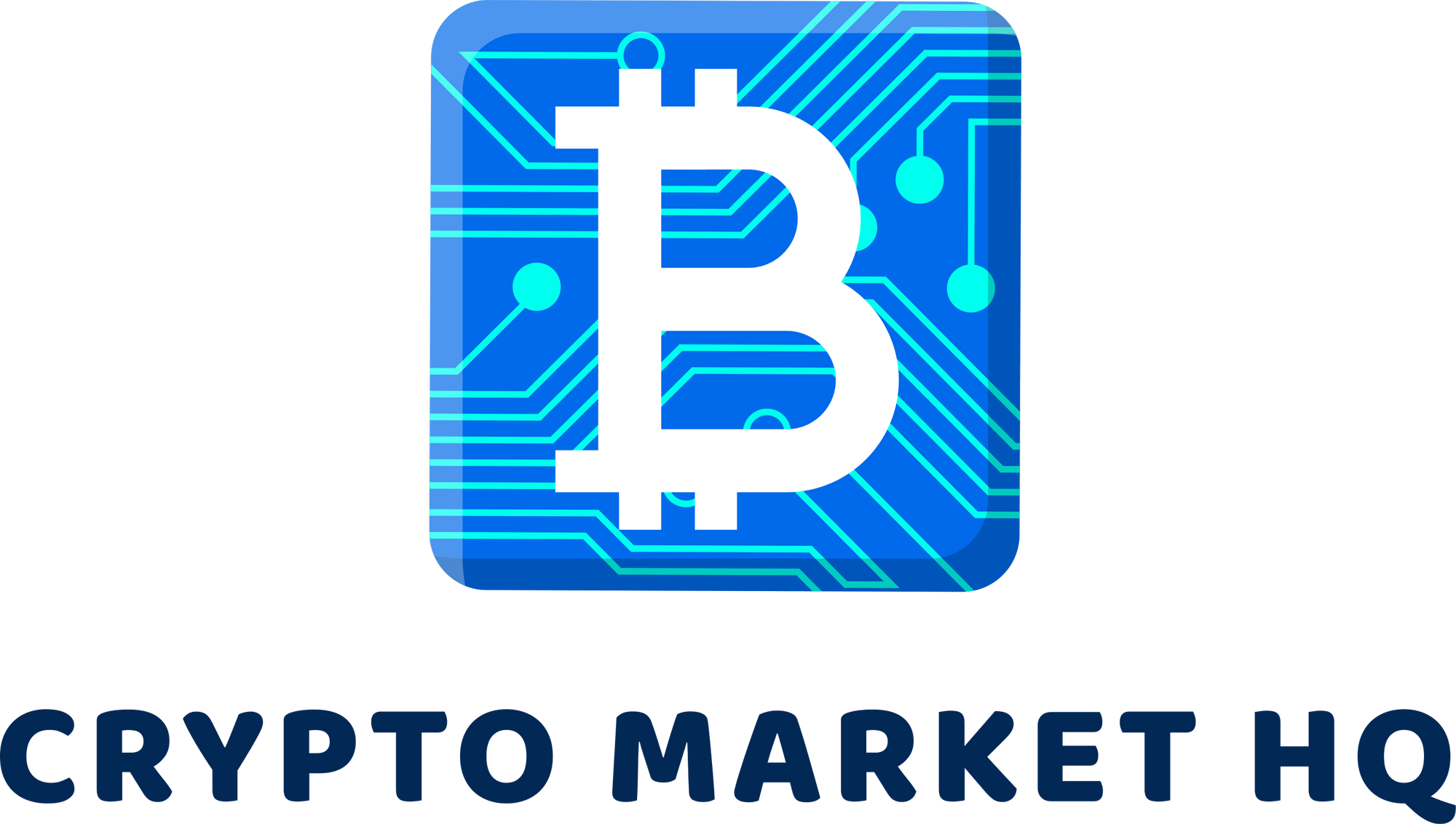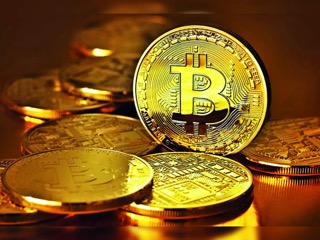
On Nov. 9, 2022, a day after the news broke regarding Binance planning to purchase the exchange FTX, the crypto economy dropped 11.17% in 24 hours. The crypto economy has slid under $900 billion for the first time since January 2021. The Binance and FTX news has come as a shock to a lot of people, and FTX’s financial troubles caused a number of executives from well known crypto trading platforms to discuss a concept called proof-of-reserves.
FTX Frontman Falls From Crypto Savior Status to Needing an Emergency Lifeline
People are not too pleased with the situation surrounding FTX, and there’s a lot of unanswered questions right now, and nearly everyone has been searching for answers. While the exchange FTX did not showcase crypto reserve transparency, people did have the perception that FTX was a financially solid company.
In fact, during the start of the crypto winter after the Terra blockchain fallout, CEO Sam Bankman-Fried was perceived as a savior. For instance, the FTX chief executive officer spoke with Bloomberg at the end of May, and Bankman-Fried said his firm was a “profitable company,” and he further added that FTX was ready to spend billions on acquisition deals.
After the exchange Voyager revealed it was suffering from financial hardships, Bankman-Fried said that FTX would help Voyager customers access liquidity. On July 22, during an interview with CNBC’s “Closing Bell,” Bankman-Fried remarked that FTX was willing to deploy “hundreds of millions beyond what we have thus far” to crypto firms suffering from the downturn.
FTX also helped the crypto lender Blockfi, and FTX had an “option to acquire” Blockfi at a price of up to $240 million. In addition to the aforementioned moves FTX made after the Terra fallout, at the end of June 2022, Bankman-Fried warned that more crypto company insolvencies were coming.
Sudden Shift in Narrative Jolts Crypto Investors, FTX’s Financial Troubles Spark Proof-of-Reserve Discussions
With all that in the backdrop, it seemed as though FTX was financially strong and Bankman-Fried was working to help troubled crypto companies. Then on Nov. 6, 2022, Binance CEO Changpeng Zhao (CZ) explained that Binance would be dumping FTX’s exchange token FTT.
The news caused a significant amount of speculation on whether or not FTX was solvent, and the crypto token FTT plummeted in value. Two days later, reports disclosed that onchain data had shown FTX had stopped processing withdrawals. On the same day, it was revealed that Binance has plans to acquire FTX, after the trading platform FTX sought help from Binance.
The conversation sparked greater interest in another topic (and rightfully so) called proof-of-reserves, a concept that highlights true transparency by companies sharing proof that the firm has all the reserves it claims to hold. Bitcoin proponent Nic Carter discussed the importance of proof of reserves in an editorial that highlights “the equation is simple (in theory.”
“Proof of Reserves + Proof of Liability = Proof of Solvency,” Carter’s article details.
After CZ revealed Binance would acquire FTX, the Binance CEO said that Binance would start to provide proof-of-reserves soon. “All crypto exchanges should do Merkle-tree proof-of-reserves,” CZ said. The Binance CEO added:
Banks run on fractional reserves. Crypto exchanges should not. Binance will start to do proof-of-reserves soon. Full transparency.
Kraken executive Jesse Powell responded to CZ’s tweet and said: “We look forward to your arrival, ser.” In a separate tweet, Powell remarked that consumers should start to demand regular proof-of-reserve audits. Kraken is listed on Nic Carter’s web portal that shows Merkle tree verified audits of specific crypto companies. “Kraken continues to increase the frequency and scope of our audits. It’s not 100% foolproof but the more often you have to prove it, the harder it is to hide a problem,” Powell remarked.
While the Crypto influencer Cobie said he found it “difficult to believe FTX is insolvent,” he added, “All exchanges should have transparent proof of reserves, w transparent dashboards linking to on-chain data/wallets.”
OKX Reveals Plans to Share Proof-of-Reserves — Coinbase, Cumberland, Circle, Tether, and Deribit Deny Material Exposure to FTX
Coinbase CEO Brian Armstrong told the crypto community that Coinbase “doesn’t have any material exposure to FTX or FTT (and no exposure to Alameda).” In a blog post, Coinbase stresses that people can review the company’s publicly filed, audited financial statements that note Coinbase holds “customer assets 1:1.”
Coinbase’s blog post insists “there can’t be a ‘run on the bank’ at Coinbase” and the company further added that Coinbase is “in a strong capital position.” The exchange OKX also tweeted about sharing proof-of-reserves (POR), and said it is important for exchanges to share such information.
“It’s critical for all major crypto venues to publicly share their auditable Merkle tree proof-of-reserves or POR,” OKX tweeted. “We plan to publish ours in the coming weeks (within 30 days). This is an important step to establish a baseline trust in the industry,” the exchange added. OKX director of financial markets, Lennix Lai, further explained to Bitcoin.com News that the exchange plans to release a POR via Merkel tree.
“This type of disclosure is crucial, as it provides much-needed transparency and decentralisation to the industry at this particular point in time. Releasing our proof-of-reserves via Merkel tree is one of the best ways to provide clarity on just how many funds we hold,” Lai detailed.
The exchange executive added:
The OKX reserves are going to be audited and verified though an advanced cryptographic accounting procedure. This will provide a greater degree of transparency than is offered by traditional financial institutions.
Circle Financial CEO Jeremy Allaire told the public that Circle has “no material exposure to FTX and Alameda.” The well known over-the-counter crypto business Cumberland also said it had no exposure to FTX. “While we had virtually no exposure to FTX and our operational controls enabled us to provide deep liquidity to a market in search of it, the exchange consolidation we saw was unfathomable 60 hours ago,” Cumberland tweeted.
Tether, the issuer of the stablecoin USDT told the public it had no exposure to FTX. “Tether does not have any exposure to FTX or Alameda,” Tether CTO Paolo Ardoino said. “0. Null. Maybe is time to look elsewhere. Sorry guys. Try again.” Additionally, the crypto options giant, Deribit, told the crypto community that the firm has no exposure to FTX. “Deribit does not have any special terms for Alameda or large & risky positions,” Deribit tweeted.
Prior to the slew of crypto executives explaining that their companies had no exposure to FTX, one individual stressed: “If your crypto exchange / bank doesn’t provide proof-of-reserves or deposit insurance, don’t deposit funds.” Currently, according to Nic Carter’s POR web portal, only eight crypto businesses have declared POR with a Merkle tree approach. A great number of well known exchanges are not represented on the POR list.
The platforms showcased on the POR list, at least as of today, include companies like Kraken, Nexo, Coinfloor, Gate.io, HBTC, Bitmex, and Ledn. The platforms Revix, Bitbuy, and Shakepay have provided partial validations, the website details. It remains to be seen if a large influx of exchanges will start to offer proof-of-reserves with a Merkle tree approach. But the troubles surrounding FTX have definitely forced a number of exchanges to proclaim that they will offer some sort of POR solution in the near future.
What do you think about the proof-of-reserves conversation? Let us know what you think about this subject in the comments section below.
Image Credits: Shutterstock, Pixabay, Wiki Commons
Disclaimer: This article is for informational purposes only. It is not a direct offer or solicitation of an offer to buy or sell, or a recommendation or endorsement of any products, services, or companies. Bitcoin.com does not provide investment, tax, legal, or accounting advice. Neither the company nor the author is responsible, directly or indirectly, for any damage or loss caused or alleged to be caused by or in connection with the use of or reliance on any content, goods or services mentioned in this article.







